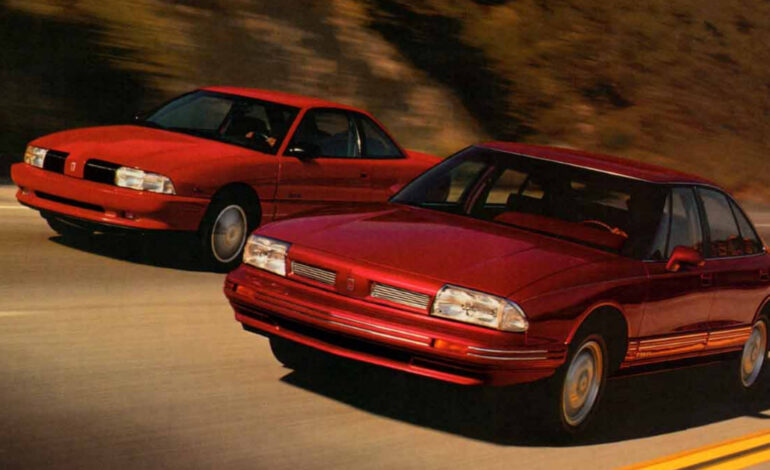How Oldsmobile’s Campaign Failed to Revive the Brand’s Image

The decline of the Oldsmobile brand can be traced to a combination of poor marketing strategies and a failure to connect with younger consumers. After decades of steady sales, the introduction of the “Not Your Father’s Oldsmobile” campaign in 1988 aimed to revitalize the brand, but it ultimately fell short and contributed to its demise.
The Context of Oldsmobile’s Struggles
The aftermath of the 1970s oil crises led to significant changes within the American automotive industry, prompting manufacturers to rethink their strategies. Oldsmobile, part of General Motors (GM), faced increasing competition and a shifting market landscape. By the 1980s, the brand had developed a reputation for producing vehicles that appealed largely to an aging demographic. Sales figures reflected this downturn, with Oldsmobile regularly selling between 800,000 to 1 million units annually until the early 1990s, when sales began to decline dramatically.
The brand’s identity became synonymous with vehicles perceived as uninspired and lacking innovation. Oldsmobile’s attempts to appeal to younger consumers through various initiatives, including the introduction of a diesel engine in its Cutlass model, failed to resonate and resulted in negative consumer perceptions.
The “Not Your Father’s Oldsmobile” Campaign
In a bid to combat dwindling sales, GM launched the “Not Your Father’s Oldsmobile” campaign in 1988. This initiative featured a series of commercials designed to showcase new models that were intended to attract a younger audience. Unfortunately, the campaign’s execution left much to be desired. Featuring aging celebrities like Peter Graves and his daughter Amanda, the advertisements failed to inspire the very demographic they aimed to attract.
One particularly memorable commercial depicted Graves in a chase scene, only to reveal that the driver was his daughter. The tagline, “This is not your father’s Oldsmobile,” was intended to suggest a new generation of vehicles, but the execution fell flat. The approach seemed to alienate potential buyers rather than engage them, as the campaign relied heavily on self-deprecation without delivering on the promise of excitement or innovation.
Despite its peculiarities, GM continued to promote this campaign throughout the late 1990s, even as Oldsmobile’s sales figures reflected a stark reality. After April 29, 2004, when the last Alero left the assembly line, the brand officially ceased production.
The paradox of the campaign echoed sentiments similar to Richard Nixon’s infamous declaration, “I am not a crook.” By attempting to deny their identity as a brand for older consumers, Oldsmobile inadvertently reinforced that very perception. This marketing misstep left the company in a precarious position, attracting neither the older generation who were loyal to the brand nor younger consumers looking for modern vehicles.
As a result, Oldsmobile saw its sales plummet, failing to exceed 500,000 units per year after 1990. The inability to effectively engage with its target audience ultimately sealed the brand’s fate, leading to a decline that many observers attribute to the misguided advertising strategies of the late 1980s.
The story of Oldsmobile is a cautionary tale for brands attempting to navigate shifting consumer preferences. It highlights the importance of understanding and connecting with the target demographic rather than relying on outdated perceptions. With a proud history of over 100 years, Oldsmobile’s legacy serves as a reminder that marketing efforts must evolve alongside consumer expectations to avoid alienation and decline.





